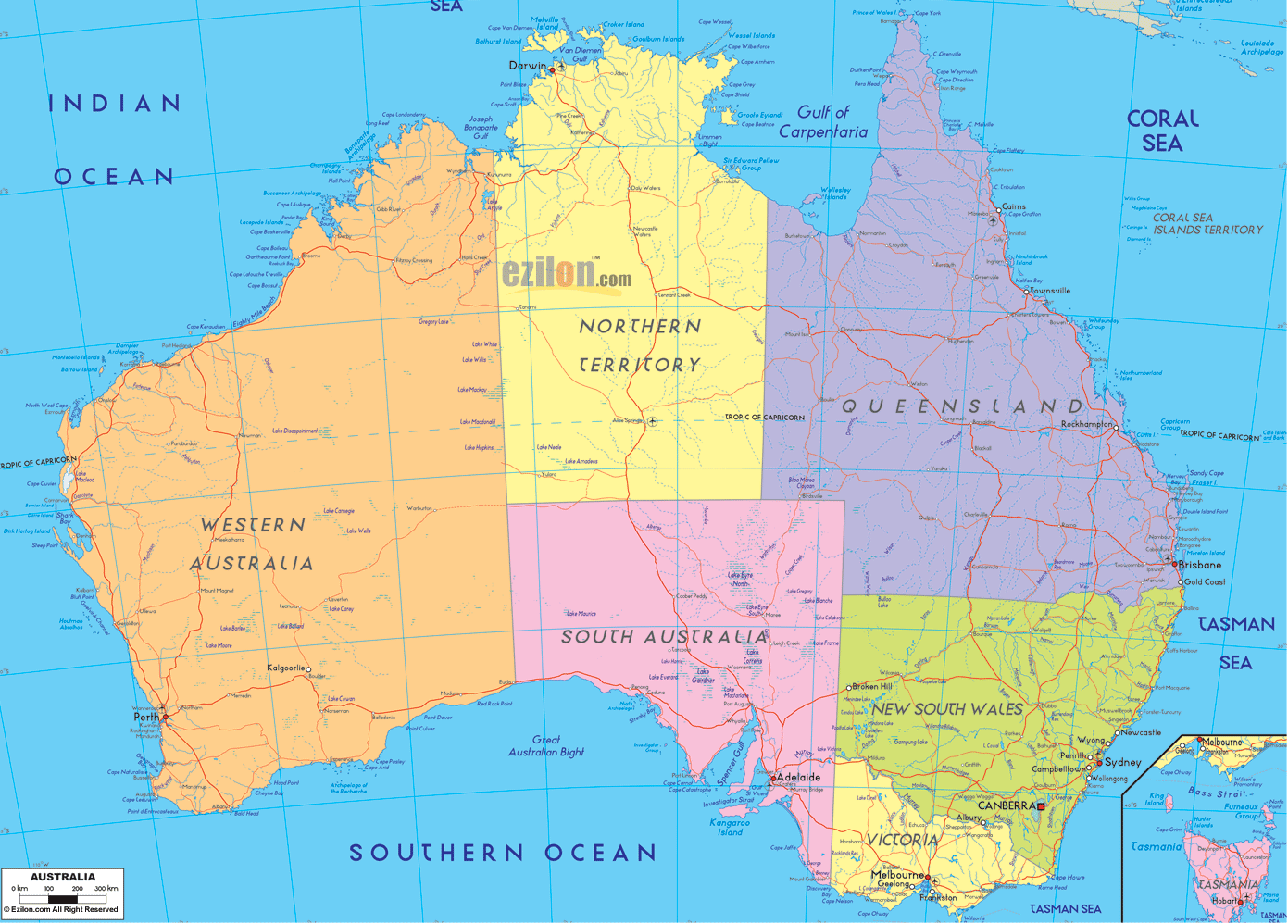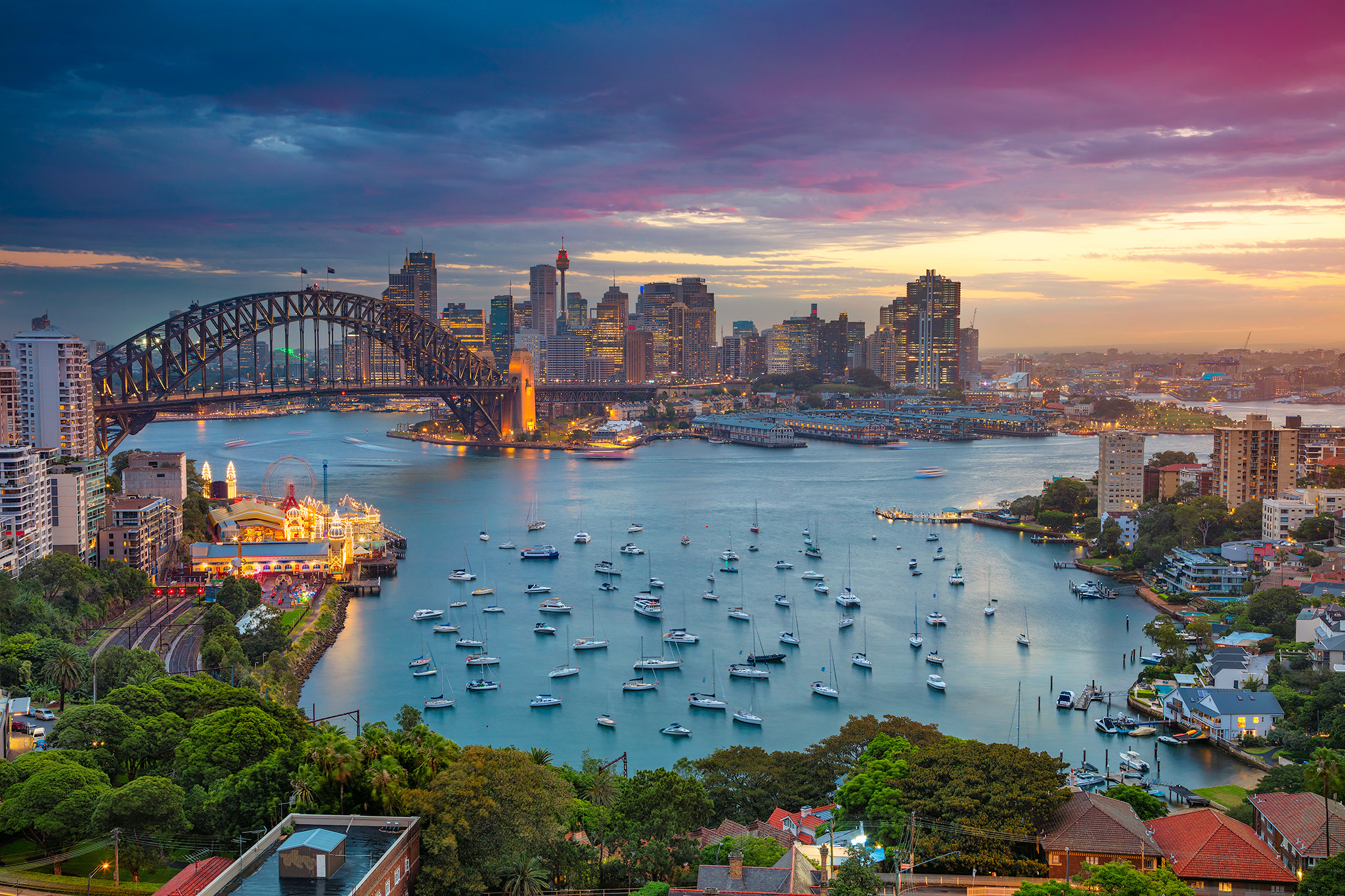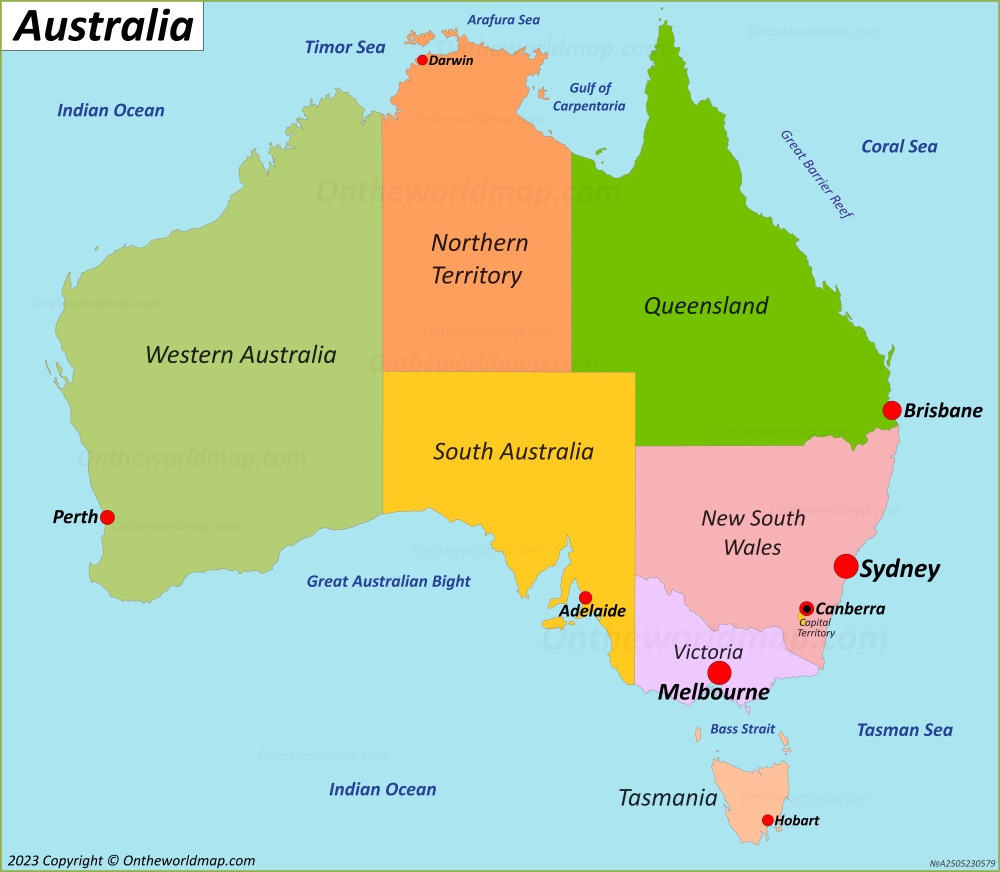Is Australia Wider Than The Moon? Unpacking A Celestial Mystery
Have you ever gazed up at the night sky, admiring the moon, and then, perhaps, heard a truly surprising claim? It's about Australia, our big island continent, and its size compared to that very moon. This question, "is Australia wider than the moon," really gets people thinking, and it's a topic that sparks quite a bit of curiosity, so it's almost natural to wonder about it. Many folks find it hard to believe, given how dominant the moon appears from Earth, yet the answer might just surprise you. It’s a fun fact that, in a way, challenges our everyday perceptions of scale.
For a long time, this idea has floated around, making its way into conversations and trivia nights. The thought that a country on Earth could somehow stretch further across than a whole celestial body seems, well, pretty incredible. This comparison often leads to some head-scratching moments, and people often want to know the real story behind it, you know, just to set the record straight.
The truth, as it often is, holds a few interesting twists and turns. While the simple answer might lean one way, there are some important details about how we measure things that truly matter. We're going to look at the facts, considering different ways to size things up, and really get to the bottom of this intriguing comparison, basically, to see what's what.
Table of Contents
- The Core Question: Width Versus Diameter
- Beyond Just Width: Surface Area Tells a Bigger Story
- Unpacking the Common Misconception
- Australia's Size in Other Contexts
- Frequently Asked Questions About Australia and the Moon's Size
The Core Question: Width Versus Diameter
When people ask "is Australia wider than the moon," they are usually thinking about a straight-line measurement across. This is where the initial spark of the comparison comes from, and it's a very common way to think about size, you know, just a straight shot across. It’s the kind of fact that makes you do a double-take, especially when you picture the moon hanging in the sky.
Australia's Impressive Span
Australia, as a continent, stretches out quite a bit from one side to the other. Its width, when measured across its broadest points, is quite substantial. We're talking about a significant distance that covers a huge variety of landscapes, from deserts to coastlines, so it's a pretty big place. This measurement is often given as around 4,000 kilometers, which is a considerable span, actually.
This wide measurement is what makes the continent feel so vast when you travel across it. It’s a landmass that takes days, even weeks, to truly explore from east to west or vice versa, you know, depending on how you go. That 4,000-kilometer figure is what we'll use as our yardstick for Australia's width in this particular discussion, as a matter of fact.
The Moon's Measured Diameter
Now, let's turn our attention to the moon. When we talk about the moon's size, we typically refer to its diameter. This is the distance straight through its center, from one edge to the opposite edge, like cutting an apple right down the middle, you know. The moon is a sphere, so its diameter is a consistent measure of its overall roundness.
The moon’s diameter is generally stated as approximately 3,474 kilometers, though sometimes you'll see it rounded slightly differently, perhaps to 3,476 kilometers. This number represents the moon's full span in any direction you might measure it through its core. It’s a figure that scientists have measured with great precision, so it's pretty reliable.
The Width Winner Revealed
So, let’s put those numbers side by side, shall we? Australia's width is about 4,000 kilometers. The moon's diameter is roughly 3,474 to 3,476 kilometers. When you compare those two figures, it becomes clear that Australia, in terms of its widest point, does indeed span a greater distance. It's wider by a notable margin, you know, around 526 to 600 kilometers, depending on the exact figures you use.
This means that the assertion, "Australia is wider than the moon," holds true when we're talking about diameter versus width. It's a fact that often surprises people because of how small the moon seems from Earth, but the numbers, as a matter of fact, really do speak for themselves. It’s an astonishing bit of trivia, really, given how dominant the moon appears in our night sky.
Beyond Just Width: Surface Area Tells a Bigger Story
While Australia may be wider than the moon in a straight-line measurement, that's only one way to think about size. When we consider the overall "bigness" of something, especially a three-dimensional object like a planet or a moon, surface area becomes a much more important factor. This is where the comparison gets a bit more complex, you know, and really changes the picture.
Australia's Land Mass
Australia is a vast continent, covering a huge amount of land. Its total land area is approximately 7.7 million square kilometers. To be more precise, some figures put it around 7,741,220 square kilometers, or sometimes 7,617,930 square kilometers. This represents all the ground you could walk on, basically, the entire flat surface of the continent.
This enormous land area makes Australia the smallest of the world's continents, yet still incredibly large in its own right. It's a place with immense deserts, beautiful coastlines, and a lot of unique ecosystems. This measurement is about the space it takes up on the Earth's surface, so it's a very different kind of comparison than just a straight line across.
The Moon's Vast Surface
Now, let's think about the moon's surface. Even though its diameter is less than Australia's width, the moon is a sphere. This means it has a curved surface that wraps all the way around. The total surface area of the moon is about 37.94 million square kilometers, which is a truly massive expanse, you know, much bigger than Australia.
To put that into perspective, the moon's surface area is nearly five times larger than that of Australia. Imagine trying to cover the moon with Australias; you would actually need five of them to do the job. This really highlights how misleading a simple "width" comparison can be when you're talking about a round object, so it's a pretty important distinction.
Why Surface Area Matters More
When we talk about the overall size of a celestial body or a large landmass, surface area is usually the more relevant measure. It tells you how much "space" there is on the outside, whether it's for landing spacecraft, building cities, or just existing. A sphere, even with a smaller diameter than a long, thin object, can have a much greater surface area because of its three-dimensional nature, you know, how it wraps around.
So, while Australia is indeed wider than the moon in a straight line, it is not "bigger" in the sense of total surface area. The moon, with its vast, curved surface, offers significantly more real estate. This distinction is really important for a proper understanding of their true sizes, as a matter of fact, and it helps to clear up any confusion.
Unpacking the Common Misconception
The idea that Australia is wider than the moon is a common one, and it's easy to see why it spreads. It's a catchy fact, and it sounds pretty dramatic. However, the way the comparison is framed often misses some key points, leading to a bit of a geographical myth, you know, a common misunderstanding that gets passed around.
The "Flat" Continent Versus the Round Moon
One of the main reasons for the confusion lies in how we perceive the shapes involved. Australia is a continent, a landmass that we typically think of as having a relatively "flat" surface, even though the Earth itself is round. Its width is measured across its longest stretch on a map, basically, a two-dimensional representation. The moon, on the other hand, is a three-dimensional sphere.
When you compare the diameter of a sphere to the width of a continent, you're not always comparing apples to apples, so to speak. The moon's diameter is a measure through its entire bulk, while Australia's width is a measurement along its surface. This difference in how we measure, and the shapes involved, really plays a big part in the confusion, as a matter of fact.
How the Comparison Can Be Tricky
The claim that Australia is wider than the moon is true in a very specific context: comparing Australia's maximum width to the moon's diameter. What the claim often doesn't consider, however, is the surface area. People hear "wider" and sometimes assume "bigger overall," which isn't the case here, you know, due to the different shapes.
It's a bit like comparing the length of a very long, thin piece of string to the diameter of a ball. The string might be longer, but the ball has a lot more surface to it. This kind of comparison requires careful examination to truly understand what's being measured, basically, to avoid jumping to the wrong conclusions. It's a classic example of how specific wording can change our perception.
Australia's Size in Other Contexts
To further appreciate Australia's size, and the moon's, it helps to put them into other contexts. Comparing them to other landmasses or celestial bodies can give us an even better sense of scale. It’s a good way to really ground our understanding, you know, to see how they stack up against other things we know.
Comparing to Greenland
For instance, let's consider Greenland. Australia is approximately 7,741,220 square kilometers in size, which is almost four times bigger than Greenland. This gives you a sense of just how sprawling Australia is, even among other large landmasses on Earth. It’s a continent that truly commands a lot of space, so it's pretty impressive.
This comparison helps to show that Australia is indeed a very large country by earthly standards. It's not just "wider than the moon" in a specific way, but also significantly larger than other well-known landmasses, you know, like the biggest island in the world. It’s a vast and diverse place, as a matter of fact, with plenty of room to explore.
The Moon's Area in a Global View
The moon's surface area, at about 37.94 million square kilometers, is truly immense. To put this in perspective with Earth's continents, only Asia is bigger than the moon in terms of land area. Continents like Africa and North America, while very large, are actually smaller than the moon's total surface. This really shows how much ground the moon covers, you know, in a cosmic sense.
So, while Australia is wider in one specific measurement, the moon itself offers a much vaster surface for exploration and observation. It's a celestial body with a truly impressive footprint when you consider its entire wrapped-around surface. This makes the moon, in a way, a very substantial neighbor in our solar system, as a matter of fact.
Frequently Asked Questions About Australia and the Moon's Size
People often have more questions once they hear this interesting comparison. Here are a few common ones that pop up, you know, when discussing Australia and the moon's sizes.
Is Australia truly wider than the moon in terms of diameter?
Yes, it is. Australia has a diameter, or widest point, of about 4,000 kilometers. The moon's diameter is around 3,474 to 3,476 kilometers. This makes Australia wider by approximately 526 to 600 kilometers, so it's a pretty clear difference.
How much larger is the moon's surface area compared to Australia's?
The moon's surface area is significantly larger than Australia's. The moon covers about 37.94 million square kilometers, while Australia's land area is roughly 7.7 million square kilometers. This means the moon's surface is nearly five times bigger, you know, requiring five Australias to cover it.
Why is this comparison often confusing?
The confusion often comes from comparing different types of measurements. We're comparing the linear width of a continent, which is essentially flat, to the diameter of a sphere, which is a three-dimensional object. While the width might be greater, the sphere's total curved surface area is much larger, as a matter of fact. To learn more about on our site, and link to this page . For more detailed astronomical data, you can visit a reputable source like NASA's official website.
- Beard Growth Oil Does It Work
- Johnny Depp Vanessa Paradis
- Amc Grand Prairie
- Cinema World In Melbourne
- Wonder Woman Andteve Trevor

Detailed Political Map of Australia - Ezilon Maps

Sydney Harbour Glow: Lavender Bay and Iconic Bridge in HD Wallpaper

Australia States And Capitals Map | List of Australia States